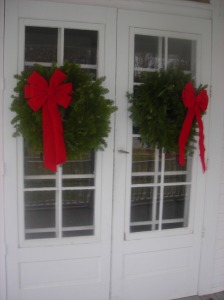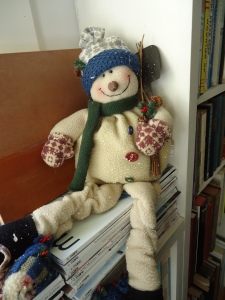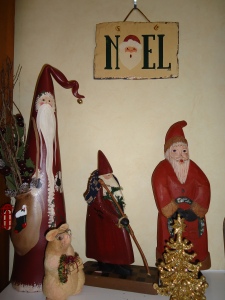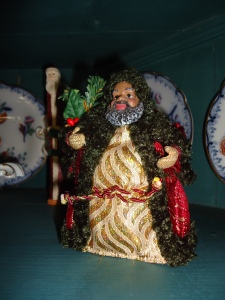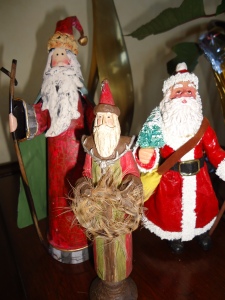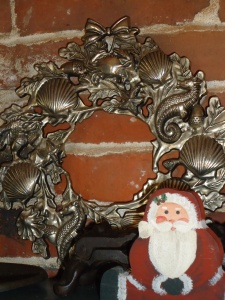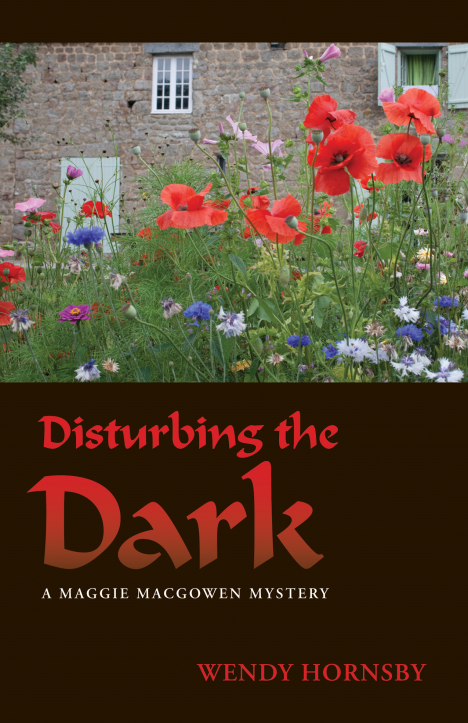As I looked around for topics for this month’s blog, there seemed to be several choices, all of them depressing. JFK’s assassination, on Nov. 22, 1963, would be an obvious choice—too obvious, really. And there’s Thanksgiving, but what can I say about Thanksgiving that hasn’t already been said ad nauseam ad infinitum? My high-school sweetheart got married (not to me) on the Wednesday before Thanksgiving in 1964. Because of the inexorability of the calendar, that was Nov. 25, the same as this year.
Of course I could have written about the terror attacks on Paris, but I can’t even stand to watch the news reports the last few days. I don’t want to analyze or reflect on that horror. And by the time I could post something, there would probably have been another attack, like the one in Mali.
Then, “while I pondered, weak and weary,” it occurred to me that November 23 is my mother’s birthday. She was, in many ways, a remarkable woman, though not without her blemishes. Her life spanned most of the 20th century, from 1919 to 1995, and I think my brother and I still feel her influence every day.
My mother was the third of five children, four of them girls. Her brother, whom she adored, was a couple of years older than she was. In 1954, when she got the phone call that he’d been killed in an auto accident, she collapsed on the floor in hysterics, a scary thing for a nine-year-old to witness.
Knowing her when I was an adult, I came to realize that she never felt that her mother loved her as much as her siblings. She was the only child in her family who was not given a middle name at birth, and she felt that was a deliberate slight. She was a tomboy who had a goat for a pet and carved her initials in a tree in her yard higher than anyone else. I suspect she was hard to handle. Her great desire in life was to own a motorcycle. At 60 she settled for a Moped.
I knew my grandmother as a loving woman, but in earlier years, I’ve learned, she was famous for her temper. Raising five children during the Depression, when her husband had two businesses fail under him, might have accounted for some of that discontent. My mother felt that her mother’s anger tended to focus on the middle child. She once told me about saving her money to buy her mother a vase as a birthday gift. Her mother put it in a drawer and never displayed it. When her mother died, my mother retrieved the vase and put it in a prominent place on her mantle.
In spite of the difficulties in her relationship with her mother, my mother always wanted to be as close to home as possible. When my dad was at Georgia Tech in 1949-51, she drove from Atlanta to her parents’ home in upstate South Carolina every chance she got, taking me and my younger brother for weekend visits. In later years she pitched in with her sisters and took care of her father in his senility and then her mother for several more years afterwards. In the late stages of her own struggle with cancer, I heard her mutter, “It’s my turn, and we’re going to do it my way.”
My mother was a worker all her life. After finishing high school, she worked for several years in a hosiery mill before starting college in the fall of 1941. She worked in the college dining hall, where she met my father. While cleaning out my parents’ house, I found an old knife, not part of their set of cutlery, that bore the initials MHC. No one in my family knew who MHC might be. Then one cousin suggested that the letters might stand for Mars Hill College, where my parents met. At his college, he said, all the cutlery bore the school’s initials. (Yes, I still have the knife.)
While we were at Georgia Tech, my dad went to school and held two jobs. My mother got a paper route. At age five, I begged to go with her, so one morning she got me up at 5:00, put me in the wagon she used, and off we went. I vaguely remember being miserable, and I’m sure she regretted taking me.
In 1956 my mother started work at Rollman’s Department Store in Cincinnati. She worked in retail for the rest of her life, usually in the office, at places like Penney’s, K-Mart, and Walmart. She was very good with money and accounts, skills which I did not inherit. This did mean, though, that, at ages 11 and 8, my brother and I were latch-key kids long before the term was coined and continued to be until we finished school.
My mother had a keen sense of humor and wasn’t afraid to do outlandish things. In 1944 she rode a train from SC to California to marry my dad, by then a Marine. She once let me read a few pages from some letters she had written to her family from California. Describing her wedding and what came after, she said, “then he moved over to my side of the bed. What happened next is a military secret.” She told me I could have the letters after she died, as long as I promised not to publish them. Before I could get to them, though, my dad burned them. “They were private,” was all he would say.
I think her greatest weakness was her impatience. She once told me that she and I got along well because “you knew what you needed to do and you did it.” My brother, on the other hand, took after her, with a strong independent streak. By the time I was in junior high, I had my own room, and I learned to just close the door when storm clouds gathered over other parts of the house. To this day I will go to great lengths to avoid confrontations. My wife keeps assuring me, “Hon, I’m not your mother.”
Whatever her limitations as a parent, my mother was a terrific grandmother. My children are adopted, but she took them as hers from day one. They loved to visit, and my greatest regret in life is that we lived so far away that we got to SC only two or three times a year. One of my sons needed serious surgery when he was eight. His recovery was slow, and we were concerned. My mother sent him a huge Transformer toy, and you could see the change in him overnight. Twenty-five years later, he let my grandson have some of his Transformers, but he would not part with that one. Whether she was playing with her grandchildren in the pool or riding them around the neighborhood on the back of her Moped, she enjoyed them with exuberance and they still remember her fondly.
As do I. Happy birthday, Mom.
Filed under: Uncategorized | 1 Comment »




